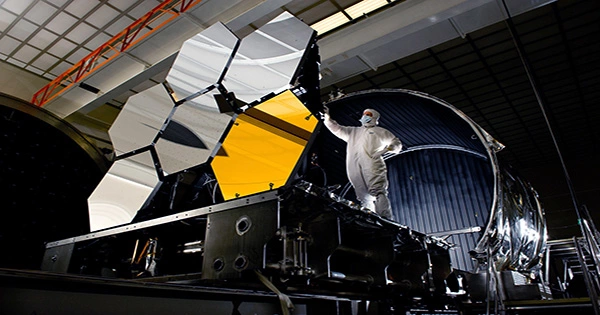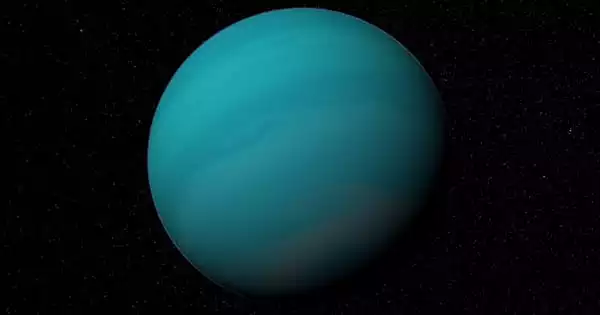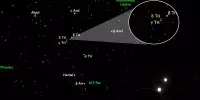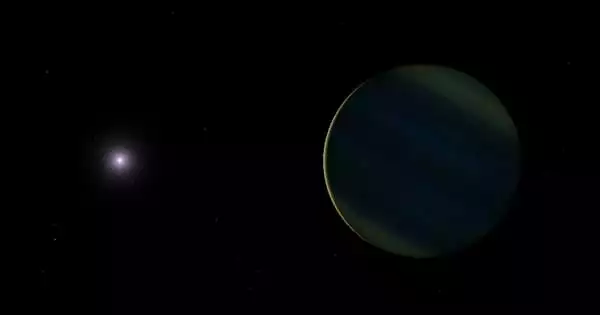GJ 1245 (also known as Gliese 1245) is a double star 14 light-years away, relatively close to the Solar System, with components G 208-44 and G 208-45. It is not part of the Cygnus constellation outline, but it is within its boundaries. G 208-44 is a close double star composed of two red dwarfs, and G 208-45 is also a red dwarf. GJ 1245, located in the constellation Cygnus, is the 37th closest stellar system to the Solar System. GJ 1245 A and B are active flare stars, and the pair is known as V1581 Cygni.
The location of the star in the night sky is determined by the Right Ascension (R.A.) and Declination (Dec.), which are equivalent to Longitude and Latitude on Earth. The Right Ascension is the distance a star is along the celestial equator expressed in time (hh:mm:ss). If the R.A. is positive, the direction is east. The Declination of an object is how far north or south it is in relation to the celestial equator, expressed in degrees. Gliese 1245’s coordinates are 19 53 54.48 and +44 24 53.3.
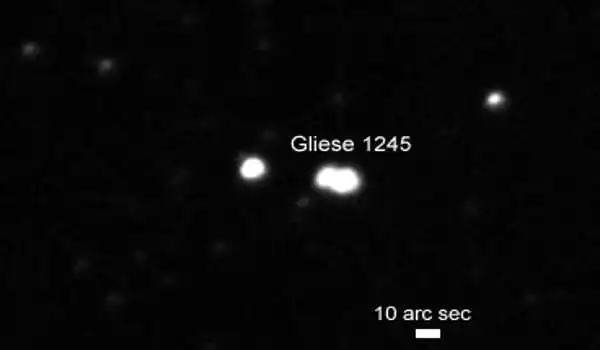
The Gliese 1245 system is a system of red dwarf stars notable for its close proximity to the Solar System; it is only fifteen light years away from the Sun. The system contains three red dwarfs: in addition to the pair Gliese 1245 A and B, Gliese 1245 A has a third low-mass red star in close orbit, designated Gliese 1245 C.
G208-44 A (GJ 1245 A), the largest of the three stars, is only 11% the mass of the Sun. G 208-44 B (GJ 1245 C) is the closest star to star A at 8 AU; it contains 7% of the Sun’s mass. The third star, GJ 1245 B, is 33 AU away from star A, and is 10% of the Sun’s Mass; it would appear as bright as Venus does from Earth when viewed from star A.

